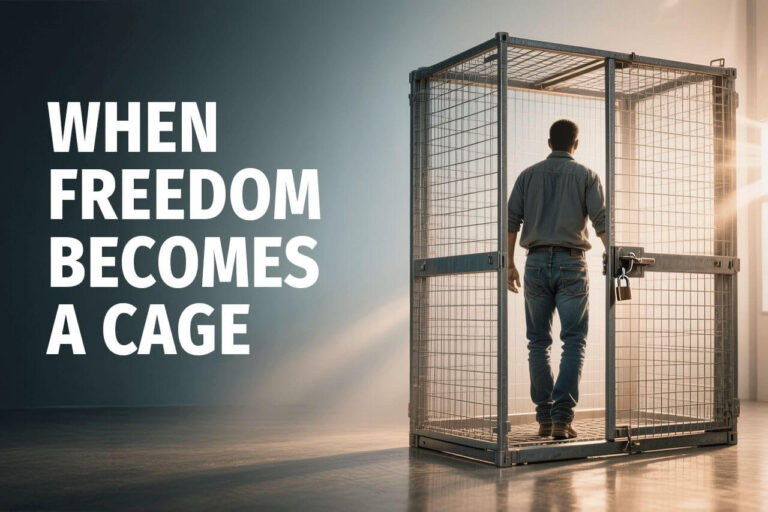Lesson #3: Communicate.
Our dinner table was not a quiet place. There was never a shortage of talking, but mom made sure we were also communicating. We shared stories about how our days went. We talked about our successes and defeats. We talked about things that just happened and those that were being planned.
Whenever we were reluctant to open up about something, mom always seemed to know. She knew she’d have to take her time to coax it out of us. She also knew that we were all different and that some of us needed more coaxing than others.
Is it really any different with the people in our organizations? Most of us have learned that we can’t manage with a one-size-fits-all approach or in a style that works best for us instead of them. Some people require more attention or to be approached differently than others.
If we had siblings growing up, no doubt we developed thicker skins through the rivalries and verbal jabbing that took place. But despite those, we knew we were all on the same team, and that, at some point, we might have to rely on one of the others to back us up. We also knew that no matter how much fighting we might have done with our siblings, we still loved each other, and we were all part of the same family.
It’s no different in business. While we might not always agree with everyone in the company, we should feel that we’re all on the same team, that we have each other’s backs, and that we can count on each other when things get tough.
Lesson #4: Put others first.
With five kids to feed, my dad had “the fork” at the dinner table … and he wasn’t afraid to use it. Whenever he thought we were helping ourselves to more than our share and not considering the needs of the others, he would quickly employ said fork on the back of our hands. If I looked close enough now, I could probably still find some tine marks! But they served their purpose, as I still remember the lesson: think of others and not just yourself. In business, this message applies to both owners and to employees. And the sooner everyone learns it, the better.
While HR would no doubt frown upon the use of a fork, the message is still the same: Put others first. Think about other people’s needs and not just our own.
When we tell people there aren’t enough resources for raises or new equipment or expansion, yet they have to walk around the boat we’ve parked in the warehouse, they’ll be the first to notice the disconnect between what we say and what we do.
Putting others first includes being interested in them as people and not just employees. This means showing a genuine interest in what is important to each of them.
Some owners pride themselves on having an open-door policy to encourage people to speak what’s on their mind. Open doors are nice, but the important thing is to listen to the person taking advantage of one.



